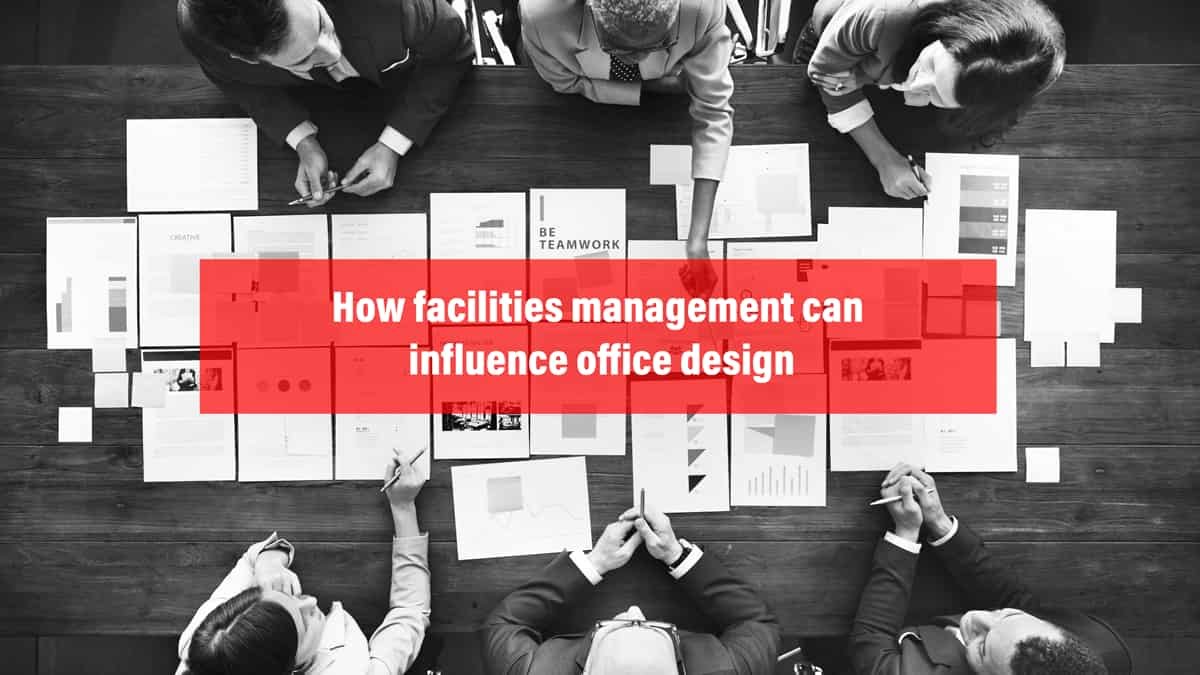
How facilities management can influence office design
Office environments are, in many respects, like their own ecosystems. There is a normal flow of how things move and evolve in space, and the world continues to expand and shift over time. This is a mechanism that can happen on its own without someone pulling a thread. Leave a group of people together long enough and they are going to build some kind of structure, right? True though that may be, those processes that spring up organically in the workplace are not always successful or productive, and an unplanned, unmanaged office is unlikely to automatically turn into a well-organized oasis of efficiency. If you really want to make sure your real estate and land inventory space allocation is as efficient and usable as possible, you would need to use a business plan and certain strategies of space management and preparation.
Workplace Strategy for Facility Managers

Specifically, the importance of the role of Facility Managers in the corporate workplace strategy has been highlighted. In addition, the need for facility managers to engage in a dialogue with executives was discussed. The value of the Facility Manager strategy is rising. As facility managers engage in a strategy-level discussion, the C-suite view of the FM career shifts. Facility managers are seen as generating value rather than merely cutting costs. The effect can be different and realistic facilities budgets and more impact on the design of the workplace.
The difference between office design and FM
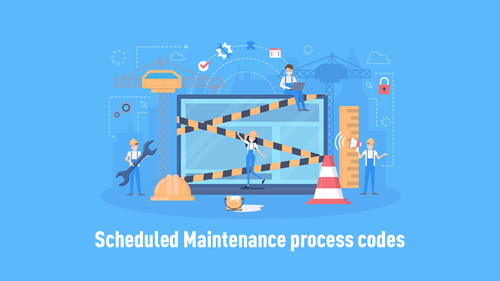
There is a continuing feeling within the facility management discipline that, when it comes to office design, facility managers are not consulted early enough or thoroughly enough or consistently enough to ensure that the end result is a workplace that is as usable and as effective as it should be. The reason this feeling continues is that it is valid in many situations. Or at least it's valid to a greater or lesser degree depending on how you see these things. And if that sounds woolly, then you have to note that we're talking about handling the facilities here, seeking a concept that's always been like nailing jelly to a wall.
In certain situations, the demarcation between the design of the workplace and the management of the workplace is based on the assumption that the two have no overlap when, in reality, the relationship between them should be more similar to that between sex and parenthood. One is the act of development and the other is the act of treatment. Sex may be more fascinating, and we might spend more time thinking and talking about it, but we spend more time being parents. The overall goal of the workplace design process should be to build something that is both practical and aesthetically pleasing. The office can be used as a working machine. It's not a gadget to look at. Often architects and designers see the construction of a workplace as an individual act of creation. They will, of course, sometimes forget that someone has to work in it and, in the case of the facility manager, take care of it.
Although realising that in many cases FMs are not consulted adequately well in many cases, there is a converse point that some companies may hire architects and designers either without a simple brief or with the wrong brief or without completely knowing the office design process. In this respect, the most common mistake is the tendency to see design as something about surfaces, either figuratively as a way of glossing over the bland and unpleasant, or simply as something to select materials and finishes.
But good office design goes deeper than the surface, much like good facilities management. For the body the basics are invisible. This is where the link between facilities management and design is most strong, based on facilities managers who understand the dynamics of design and management, who understand not only the core elements of the office – staff, building and technology – but also the specifics of product life cycle issues, regulations, change management, climate, maintenance, etc. The best facilities managers and the best designers have an appreciation not just of how each of these office components works in itself, but also of how each of them is connected to the other.
The shame is that facilities managers are not involved in the design of the workplace early enough in many cases to put this expertise and experience to bear on the decisions. Ideally, architecture becomes not only an essential complement to the management role of buildings, but also one of general management. Everyone involved in developing and managing workplaces has a strong obligation to understand how the design process functions, and what their own input should be. The organisation itself should have a clear vision of itself and facilities managers must understand how to interpret it into a brief that allows designers to create a workplace that can serve the needs of anyone who uses the workplace and understand the design process to ensure the best possible outcomes.
Space Management and Planning
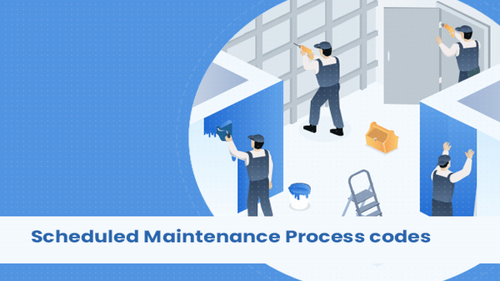
Office environments are in many ways just like their own ecosystems. As things move and change in space, there is a natural flow, and the environment tends to grow and change over time. This is a process that can occur alone, without anyone pulling strings. If you really want to make sure your real estate and land inventory space allocation is as efficient and usable as possible, you would need to use a business plan and certain strategies of space management and preparation. Space Management and Planning is a part of Facility Management (FM), which is a technical sector covering everything related to the physical premises occupied by a company. Facilities Management covers not only office space use but also industrial and manufacturing areas, including warehouses, labs, loading docks, retail space, mailrooms, outdoor testing facilities, and more. FM can also include physical assets such as computers, office supplies, furniture, and equipment for the manufacture.
While many companies and organisations have dedicated FM employees, some businesses are not yet large enough to hire the full time of these types of professionals, relying instead on an office manager or staff member in human resources to take on FM duties that include room management and planning. Whether the professional carrying out Space Management and Planning duties is an FM specialist or someone else, their focus will be on using the physical space in the office rather than other FM elements while performing these duties.
Strategic space management and planning gives a company a certain amount of versatility and coordination while increasing overall efficiency. During the space management and planning process, important decisions about the use, layout, presentation, filing options and standardisation should all be considered.
Key Main advantages of space management and planning

Satisfied, hard-working workers are a good formula for success, but that alone is not enough to ensure that your FM plan works to your benefit as your company strives for success or experiences the potential for the pain. Successful business will benefit from space management and planning in a number of ways, all of which will eventually support or even encourage growth.
When the seeds of growth begin to bear fruit, you will need to remain on the ball to make sure your office is as productive as it has ever been. As described above, rapid rises in the number of workers can cause real and metaphorical headaches for everyone in the office. However, if you play your Space Management and Planning Cards correctly, you'll have predicted your growth-related needs, and you'll be one step ahead of the need to expand into a larger office or even open satellite offices to accommodate workers from various parts of the world.
If you're planning to stay in your current premises but renovate or improve while keeping the company running, Room Management and Preparation techniques will make it easier for workers to experience the least possible amount of disruption as their work crews do. Power tools are not necessarily conducive to concentration and efficiency, but if you handle and schedule the room in the right way, you can transfer teams around to get them away from building noise and traffic, and even arrange community retreats on the days when construction will take place closest to the main office area. Until all this work begins, however, and even after it is done, you can use the Space Management and Planning techniques to encourage spontaneous employee collaboration. This kind of agile workplace approach is a perfect way to give the team the time, room and resources they need to do their best work.
Individual desks, even in an open workspace, can render targeted collaboration difficult. Opening up the space and encouraging workers to check out the meeting rooms when they need it is part of the Space Management and Preparation strategy, and it can have significant benefits for the company performance and growth potential.
Workplace Design Trends Shaping Tomorrow's Offices
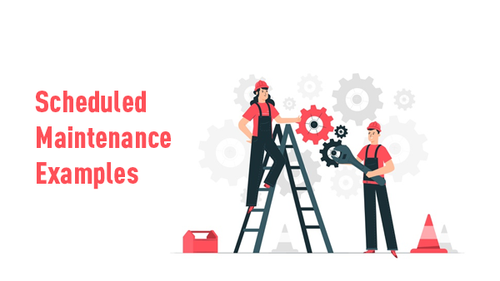
A well-designed workplace benefits almost all involved — employees come to work feeling more appreciated and eager to participate, employers are able to improve productivity and performance across departments, and facility managers have less problems to contend with. This seems obvious at first glance, but the challenge for facility managers is to find the perfect design solution for a particular form of business occupying a given room. There are three basic design trends underpinning almost every modern office environment, regardless of the industry or the company's particular business model. In no particular order, these trends are as follows:
- Encouraging the creativity of employees.
- Integrating useful technology in the built environment.
- Placing greater emphasis on the wellness of employees.
The objective of implementing these strategies may be to outperform competitors by offering creative products or solutions, to use technology to help employees perform job-related tasks more effectively, or to retain valuable talent by ensuring employee health and job satisfaction. Although almost universal in modern design, these patterns are filtered through the prism of each individual company's unique culture and identity, often with widely varying outcomes. Across the board, good workplace design should always aim to achieve a company’s goals while adhering to its internal culture, regardless of whether the office is owned by a cutting-edge technology start-up, a more traditional firm, or any type of company in between.
- Encouraging Employee Creativity: The first trend is perhaps the hardest to measure: encouraging employee creativity through conscious design choices. The benefits of a company’s employees being consistently creative are well known but often difficult to realize. By eliminating silos and encouraging collaboration among internal departments, employees are encouraged to think outside the box and come up with new solutions to existing problems rather than simply compete with what other companies are doing. This creates a company culture in which individuals with the highest drive to succeed are allowed to flourish rather than being forced to conform to industry norms. This then ultimately results in improvements to the company’s bottom line once customers and prospective clients take notice of the increasingly valuable solutions offered as a result of this boost in creativity. Designing spaces to foster employee creativity can be approached differently depending on the industry, but the general idea is to eliminate silos between various departments and encourage a spirit of creativity and collaboration.
- Integrating Useful Technology into the Built Environment: For companies whose employees perform their core job functions using technology — which at this point is almost every company — integrating it into the built environment is a key component of workplace design. Where technology was once added during the final stages of construction, it is now so integral to the functionality of most offices that it affects almost every decision throughout the design/build process.
- Placing Greater Emphasis on Employee Satisfaction: The third fundamental trend in modern design of the workplace is a growing focus on employee satisfaction, including employee well-being. Irrespective of the type of organisation, it is now more important than ever to concentrate on employees as a means of retaining talent and improving the culture of the company. As with most design patterns, this can be articulated differently depending on the type of work an organisation does, but there are a few common themes in most spaces.
All three of these patterns reflect a growing focus on employee satisfaction and retention. Given the current reality that workspaces are exchanged through social media, a dynamic economy with plenty of employment opportunities, and stricter human rights legislation, it is no wonder that almost every contemporary workplace is built to follow these basic trends.
The different design components facilities managers have influence over and how that influence impacts the workplace.
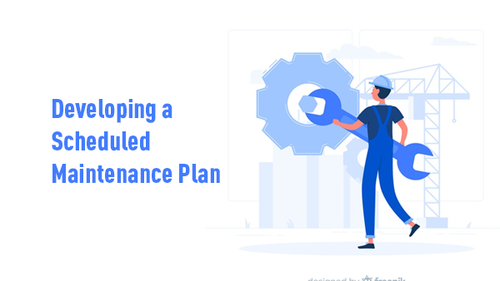
- Desk booking solutions: Flexibility to work wherever employees are most productive has quickly become the norm in the workplace. Desk Booking Software is a great tool to accommodate this shift. Desk booking software paves the way for new technology, such as sensors, which provide additional occupancy data. With this technology, facility managers can make better decisions about the workplace and the technology that enables them to do so.
- Improved natural light: Natural light increases employee morale, satisfaction and efficiency, and also saves company money by reducing the need for too much building lighting. Facilities administrators are responsible for controlling environmental and sustainability measures while reducing energy costs. There are a few options open for consideration. For example, adding windows during the construction phase will increase the natural light of the workplace, or using automatic blinds to optimise natural light will save money. If structural changes like larger windows are not practical, it is worth looking at different types of artificial lighting that mimic natural light, such as LED bulbs.
- Biophilic design elements: Biophilic architecture is a design philosophy that is rooted in having the natural outdoors within. This form of design can include living walls, an office garden, different plants in the house, or green spaces. Facilities managers may argue that incorporating biophilic elements to the workplace provides a safer atmosphere for workers and can reduce the cost of lighting. This design principle has been said to have many advantages, such as enhancing employee moods and productivity, decreasing stress levels and increasing employee engagement.
- Acoustic solutions: From open spaces for collaboration to quiet hot desk centres, the acoustics of an office play a crucial role in preserving the essence of these spaces. For facility managers, this means finding strategies to control noise levels, depending on the intent of the room. This may mean adding soundproof rooms or areas, modifying the layout of the office, or installing sound-absorbing furniture and acoustic panels.
- Collaborative furniture and spaces: Collaborative spaces have increasingly become a hot trend in office design over the last few years, and for a good reason. More space to work together in an office means an increase in employee morale, innovation and productivity. Companies considered to be creative are five times more likely to have spaces that offer priority to both individual and community work. In other words, organisations that understand workers with different work styles and provide them with the means to be their most productive selves are effective in doing so. For facility managers, this means developing a work atmosphere that makes all forms of work readily available, which is also key to promoting positive employee engagement. It's about giving workers the support and energy they need to do their best work, and that's part of the equation.
- Flexible furniture: There is a way for facility managers to encourage a healthier lifestyle at the workplace by careful design — adding versatile furniture to the office. Standing tables, ergonomic chairs and keyboards, balancing ball seats, or maybe even a treadmill desk are all great choices for the workplace. With this furniture, workers will concentrate on their jobs and at the same time reducing some of the risks associated with being sedentary.
- Efficient restroom design and functionality: There are a few things that managers of the facilities can do to make the office toilets more cost-effective and environmentally friendly while maintaining the design aesthetic intact. Investing in energy-saving light bulbs, toilets and sinks with low-pressure water feature, recycled toilet paper and paper towels, and automatic taps are perfect eco-friendly solutions. Facilities managers may supervise the installation of rain barrels or the collection of outside water, which may be used in non-potable situations.
These design elements have a profound influence on workers in terms of their understanding of their employer and their individual position. Facilities managers should exploit these design trends not only to create an appealing workspace, but also to develop a space that fosters positive employee experience. Design plays a key role in the office of every organisation. It affects employee satisfaction and productivity, office and building performance, and more. The facility managers are in a unique position to make strategic design choices that contribute to a better workplace. The days are gone where facility managers are just controlling building activities. Today, they are constantly searching for ways to develop businesses as a whole, from physical construction to what drives them.
Let's start with the simple way to create a website

Interested in Domitos? Get the Features Guide Today!
Domitos, is world's most sought after facility Management System and we look forward to work with. Digitize your facilities today!